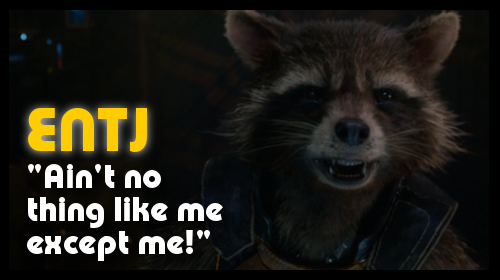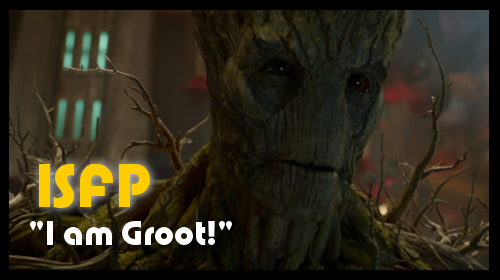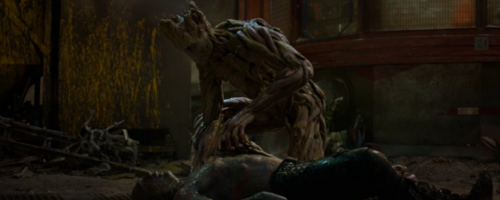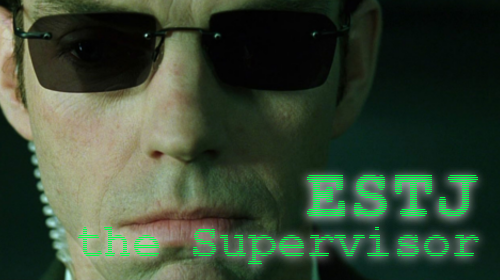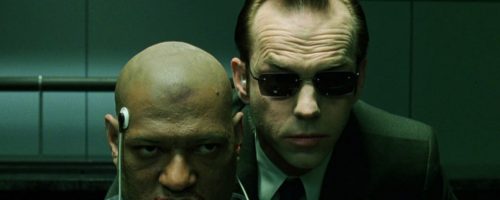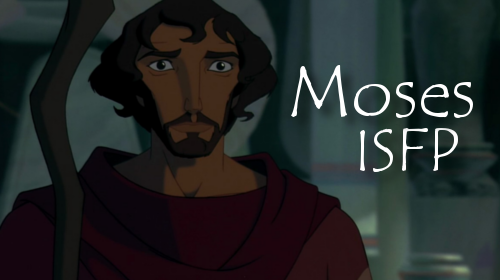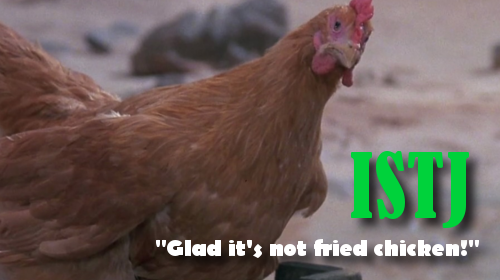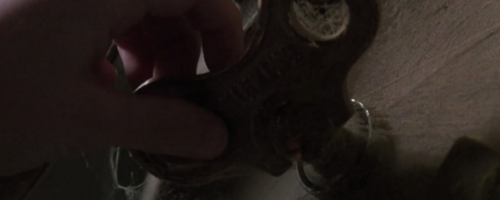 ESFP, the Performer, the Motivator-Presenter
ESFP, the Performer, the Motivator-Presenter
If you study mythology, psychology, or Star Wars, you know about the Hero’s Journey. Joseph Campbell originally codified it in his landmark book The Hero With a Thousand Faces, and George Lucas famously used the structure nearly beat-for-beat when he wrote the original Star Wars. It’s a story structure dating back to before we even started writing our stories down, and serves as a template for just about every movie you’ve ever seen.
Deloris “Sister Mary Clarence” Van Cartier isn’t a Jedi, a wizard, or a princess trying to go to the ball, but she’s still a nearly perfect example of this journey. She starts out leading only with what she knows (her dominant function), and after many trials and adventures, finds new parts of herself and a new mission in life (her lower functions).
Dominant Function: Extraverted Sensing (Se), “Experience the Experience”
Deloris was never going to sit still and behave herself at the convent. Even as a little girl in Catholic school, she was bold and spontaneous. As an adult, she changes her name from Wilson to Van Cartier, dons a sparkly gown and wig, and struts her stuff as a lounge singer.
She’s also carrying on with the owner of the casino, Vince. When they argue, she’s almost won over by his gift of an “absolutely fabulous coat.” Until she spots his wife’s name sewn into the collar.
When she witnesses Vince killing a crony, she plays it cool just long enough to get clear of the scene, and then bolts. She knows instinctively that her best shot at survival is getting the hell out of Dodge, and she leads Vince’s henchmen on a merry chase.
Of course, the best and worst place for her to hide is a convent. Deloris puts up fierce resistance to Detective Eddie’s plan, and she cries out in horror when she first exchanges her extravagant wardrobe for a habit. She’s appalled at her sparse living conditions, continuously resists the rules of the convent, and clashes with Reverend Mother’s rule.
Deloris is able to play along with her new identity as Sister Mary Clarence, making up stories about her “calling,” improvising a prayer at dinner, and generally seeing what the other nuns do and mimicking it.
When she can’t take it anymore, though, Deloris sneaks out at night to a dive bar, getting herself and two of her new nun friends into trouble. For that, she’s given possibly the worst punishment yet—singing with the convent’s abysmal choir. By sheer force of personality, however, Deloris turns the choir around and gets the sisters singing a new tune (literally).
Once she’s allowed some freedom to run the choir, Deloris uses her position to reach out to the neighborhood around the church in concrete, useful ways. She starts by seizing the moment after a successful performance to convince the Bishop that Reverend Mother has new ideas for ministry. Through Deloris’ daring influence, the sisters are able to connect with their community, rebuild their church, and effect some positive, practical good in the world outside their convent walls. Continue reading

